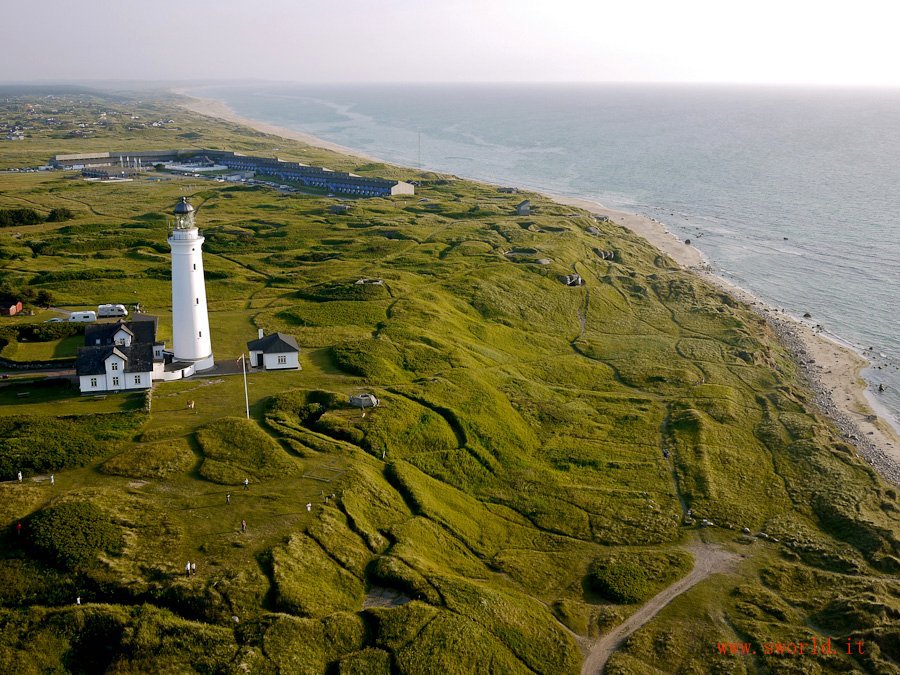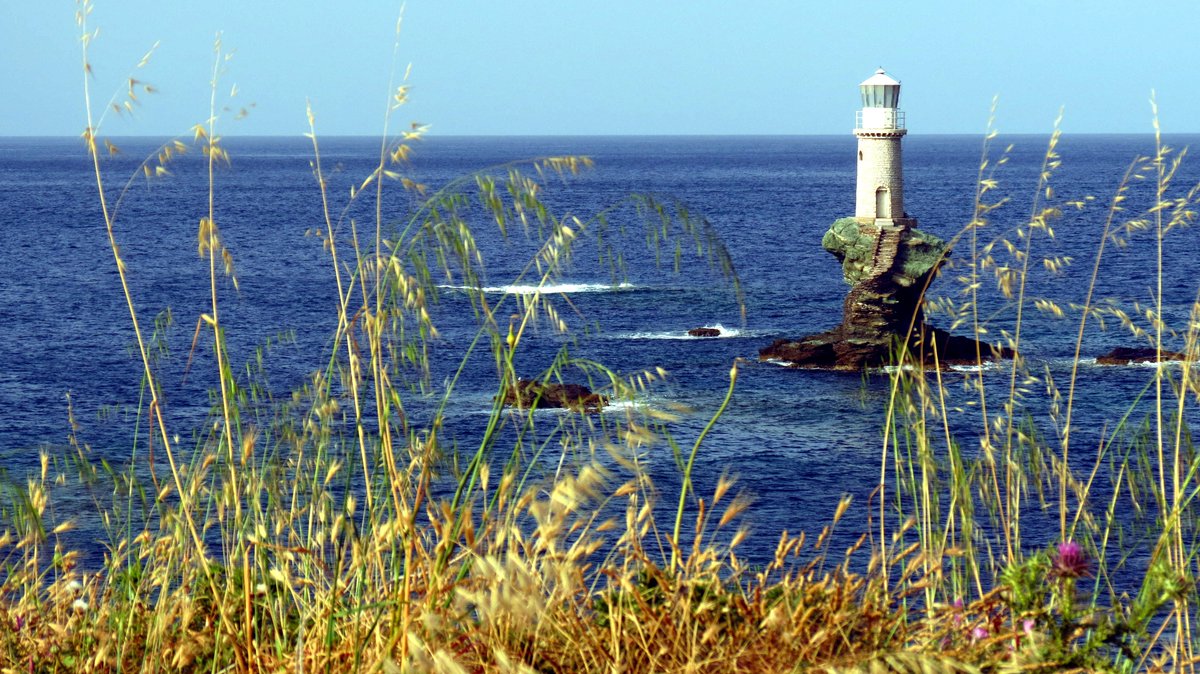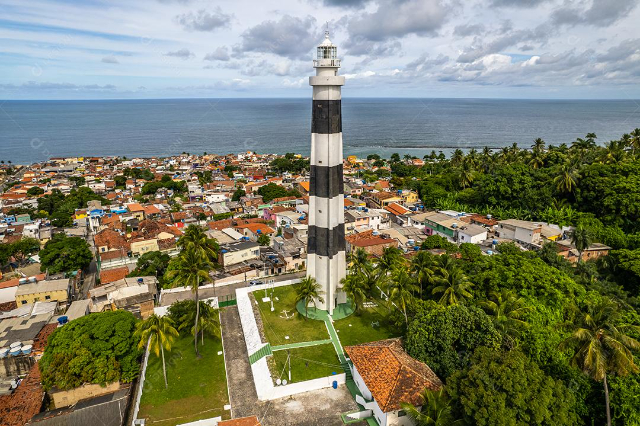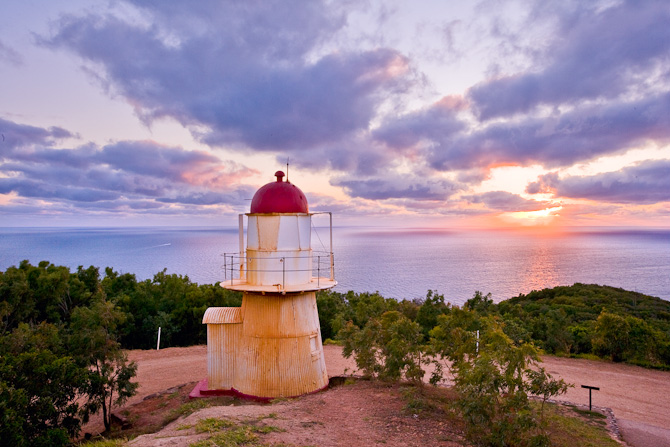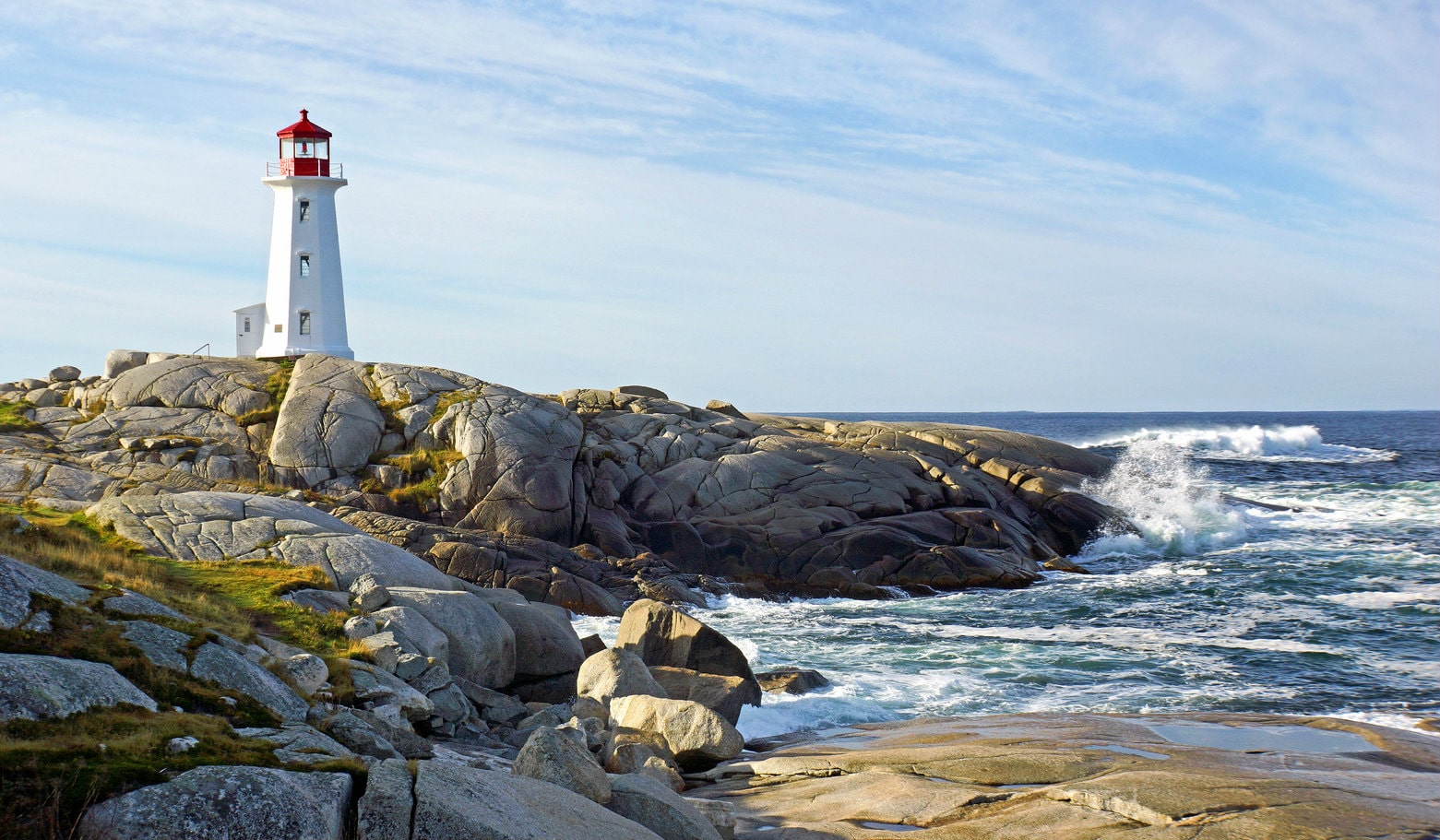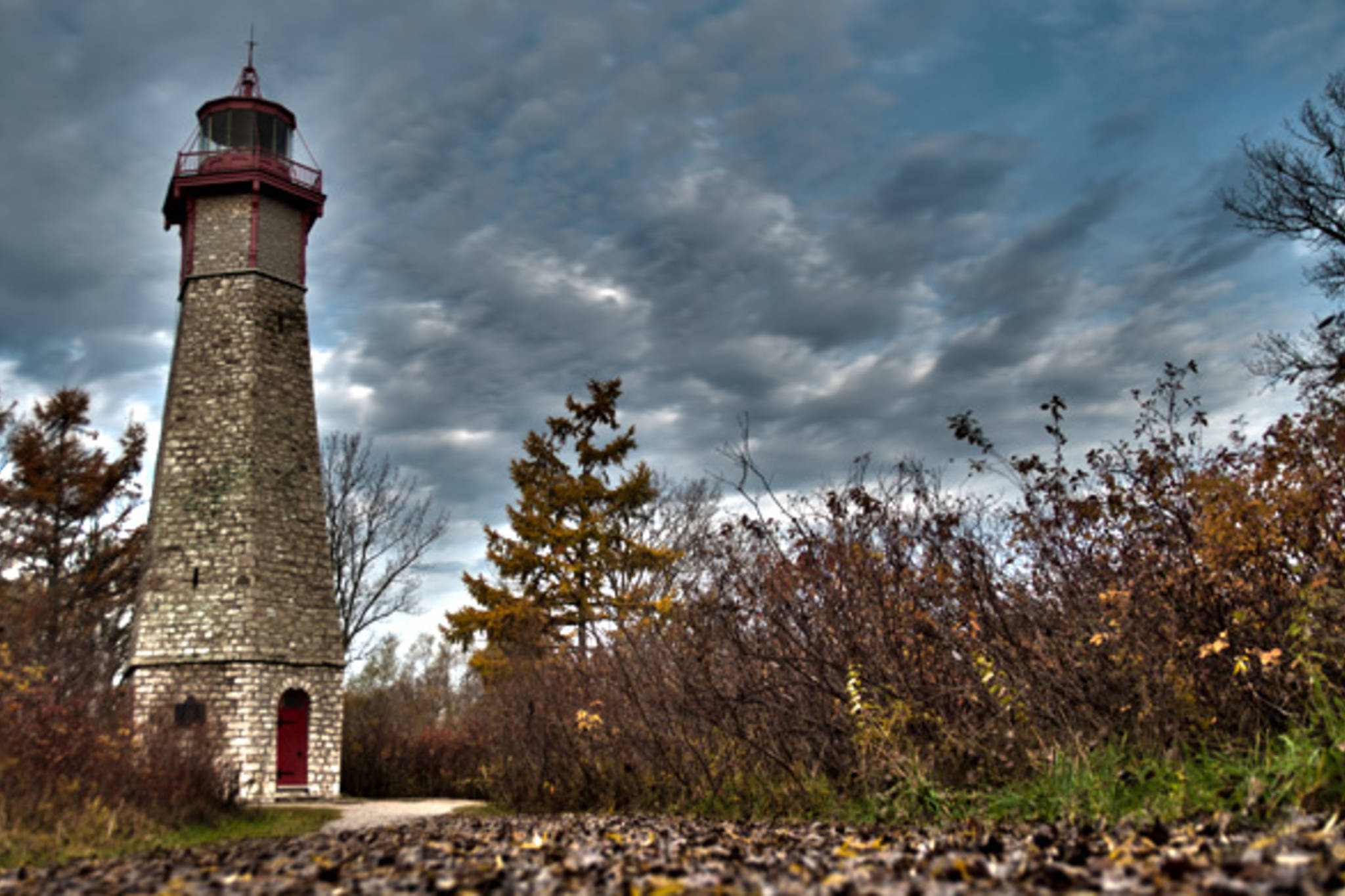Saybrook Breakwater Lighthouse is located at the mouth of the mighty Connecticut River near the picturesque town of Old Saybrook. The first lighthouse in the area was established in 1803 at Lynde Point on the west side of the river entrance, but in 1831, a buoy was placed just offshore to mark the dangerous bar at the river mouth. In the 1870s, the river mouth was dredged to accommodate increasing ship traffic, and two granite breakwaters were built, one extending from each side of the river mouth. Saybrook Breakwater Lighthouse was one of the first of a number of cylindrical cast-iron lighthouses constructed between the 1880s and the 1920s. G. W. & F. Smith Iron Co., the name of the Boston-based manufacturer of the tower, is inscribed over the entrance door. The forty-nine-foot tower is supported by a cast-iron concrete-filled caisson sunk in seventeen feet of water. The caisson foundation has a diameter of thirty feet, a height of thirty-two feet, and its upper portion flares out to house a basement for the tower. As was customary with this type of structure, the caisson was assembled on land nearby and taken by barge to the site, where it was lowered into the water.
Both the caisson foundation and tower were painted brown until 1892, when the tower was painted white. To warn mariners away from the breakwater during periods of low visibility, the station was equipped with a fog bell struck every twenty seconds. This served until circa 1936 when a diaphragm foghorn was installed.
The tower is similar in design to Stamford Harbor Lighthouse, also built in Connecticut in the 1880s. The tower has four floors of living space for the keepers, topped by a watchroom and a twelve-sided lantern room. To prevent heavy condensation from forming on the iron walls during cold weather, the inside of the structure was lined with brick.
Despite this brick insulation, life was cold, damp, and uncomfortable at the station for the keepers.


